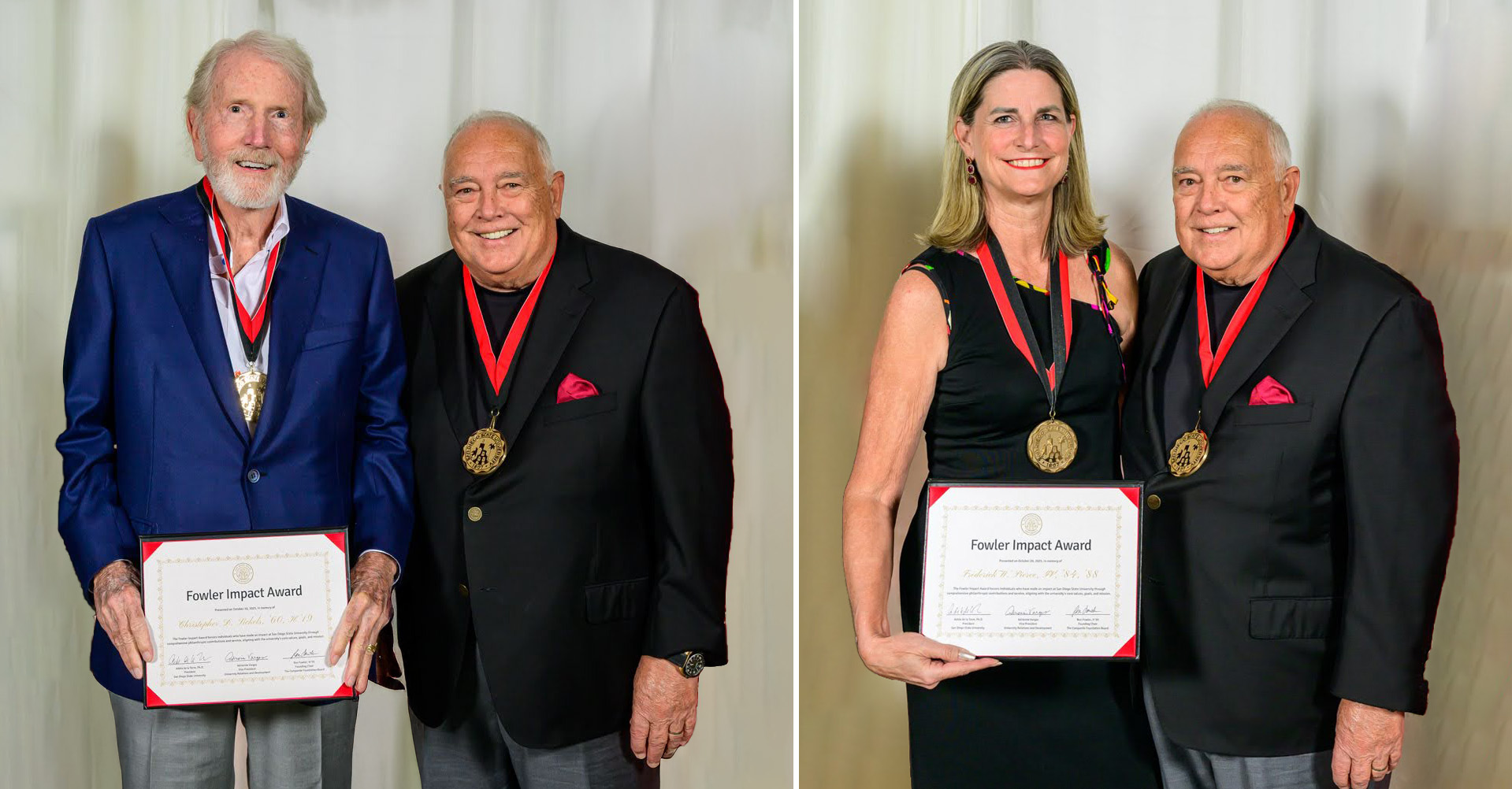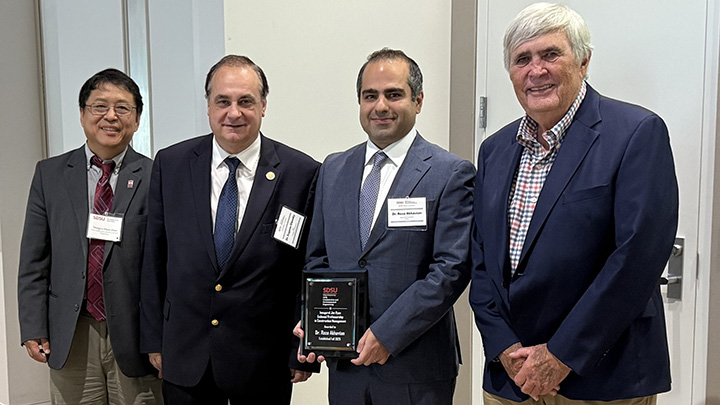UPDATE: SDSU Cancels Explore SDSU for 2020
The universitys priority remains with the safety and well-being of its students, faculty, staff and campus visitors.

Editor's Note (Tuesday, March 10, 2020): San Diego State University continues to closely follow the guidance of our local, state and nation's public health officials and agencies to ensure our response to the global health concern associated with the coronavirus (COVID-19). The university’s priority remains with the safety and well-being of its students, faculty, staff and campus visitors.
With the greatest level of caution, SDSU has decided to cancel Explore SDSU. Public health officials within local and state agencies affirm that the risk to California residents remains low, and no cases of COVID-19 exist in any members of the SDSU community. As this is true, the public health guidance we have received continues to emphasize that healthy habits and good personal hygiene coupled with minimizing close contact among those who are ill represent the best means to restrict the possible spread of COVID-19.
We recognize that the move to cancel Explore SDSU represents both a significant and unexpected adjustment for the students, parents and families we planned to host, as well as our campus community and others who planned to support the event. We made this decision after careful consideration and consultation with both public health authorities and officials within the California State University system.
Please continue to visit the university’s public-facing COVID-19 web page, where we provide regular updates.
The university’s annual open house runs from 9 a.m. to 1 p.m. on March 21. It’s an opportunity to showcase all of SDSU’s offerings—academic, social and support-related—to prospective students, recent admits and the community at large.
“It really is an opportunity for us to put our best foot forward and show students considering SDSU as their future home why they should become new students,” said Matthew Hebert, director of student recruitment and school relations. “It brings in students from all across the country to really see what life is like at SDSU.”
Many students make the decision to attend SDSU that day. Last year, more than 600 student submitted their intent to enroll at the event’s booths in front of the Prospective Student Center.
“If the students are ready to commit, they can do so, and we give them giveaways, t-shirts, water bottles and 'I Am SDSU' scarves,” Hebert said.
Students also will be able to receive a wealth of information about campus offerings at a series of 30-minute information sessions, tours, open houses and an information fair along the Campanile and Centennial Walkways.
Each academic college and support service department will host an information session where prospective students are introduced to what they can expect in their future academic major.
But there’s more to college life than the classroom. Every department in the Division of Student Affairs will be represented to give visitors a glimpse of opportunities for social engagement, leadership and student support.
“It is really important to showcase all of our strengths as a university, and important for students to see what they can be involved with here, and the opportunities socially, academically within their respective major and department,” Hebert said.
One of the university’s strengths over the past few years has been its athletics programs, including the football team, which has played in nine consecutive bowl games.
Open scrimmage
This year, for the first time, the football team's annual spring scrimmage will coincide with Explore SDSU and be open to the public. Gates to the practice field open at 10 a.m. with kickoff at 11 a.m.
Another highlight is the dedication of the Native and Indigenous Healing Garden and collaborative mural project at 1 p.m. on the west side of the Communications building.
The garden represents the concepts of healing – emotionally, mentally, and physically – that derive from Kumeyaay, Nahua and Mixtec cultures and that can be replicated in the environment of San Diego. The design and plant listings were a collaborative project of Kumeyaay, Nahua, and Mixtec community members along with KTUA architects and members of the Aztec Education Committee.
“In addition to serving as a resource for plants that have been used by our native and indigenous communities for generations, the space also will be a living classroom with three different naturalized learning spaces and a place to rest and reflect through nature,” Ramona Pérez, chair of the Aztec Identity Initiative, previously said. “I am very grateful to the many collaborators that came together to share their insight, knowledge, and experiences in creating a place that reflects Kumeyaay, Nahua and Mixtec cultural engagement in human and nature interactions.”


